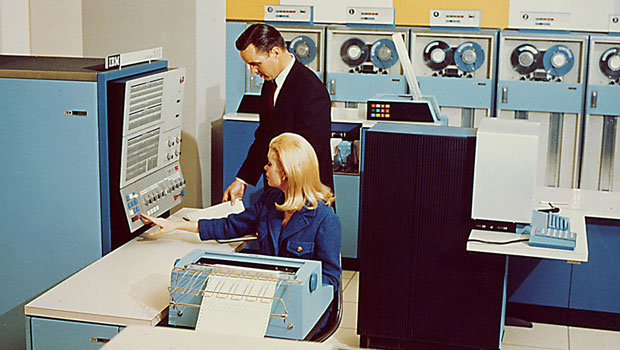Context
Michael L. Collard, Ph.D.
Department of Computer Science, The University of Akron
Software
- software engineering - Software Engineer
- software development - Software Developer
- programming - Computer Programmer
Fundamental Activities
Best Time to Develop Software
- Free and easy access to tools
- Free and easy access to documentation, examples, etc
- Free and easy ways to post information
- Easy, low overhead, inexpensive ways to distribute and collect payment
Reflected in Career
U.S. News “100 Best Jobs” for 2023 has “Software Developer” ranked at #1
#5, previously (#2 and #1). For software developers, for projected jobs (i.e., the number of expected new U.S. jobs in the next 10 years) the estimate is 370,500409,500, which is 37%40%of all projected jobs in the top ten, and 2.65almost 3times the number of projected jobs of the next highest. Also, of those that do not require a graduate degree, “Software Developer” is one of 65jobs and the thirdsecondhighest in median salary.
Reflected in Career
In Northeast Ohio, a recent report by TeamNEO (see Page 8 of the PDF) shows that in 2021, the entry-level demand was 5,902 jobs for Computer and IT Workers, while the credentials awarded were 2,725; 2 potential jobs per graduating student.
Most software that people use is typically …
- ugly and painful to use
- challenging to add new features or get bugs fixed
- not updated frequently enough
Changes in the software environment
- Specific apps for specific purposes
- Multiple types of devices
- Internet of Things
"Software is eating the world"
- A software layer gets introduced into an industry
- Computer hardware iterates faster than mechanical systems or people
- Software iterates faster than computer hardware
- Companies based on a software layer often have reduced costs and can bring features to the unserved
- Older companies are unable to adapt, so they die or become insignificant, e.g., first digital camera
Computing in Companies
- Company provides a software-based service/product
- Company provides a service/product with a (potential) software layer
- Company provides a physical product
Hardware Platforms
- mainframe (server)
- minicomputer (server)
- desktop PC
- laptop PC
- tablet
- smartphone
- smartwatch
- IoT: lights, appliances, locks, etc.
Platform: Mainframe

- AKA "Big Iron"
- Era: 1950s - present
- Cost: 1 Million+
- Large companies, government
- E.g., IBM System/360
- Accessed via terminals
- Total Sold: 100,000
- Active: 20,000 - 30,000
- 9 Mainframe Statistics That May Surprise You
- Software:
Historical Platform: Word Processors

- E.g., Sperry, etc.
- Total Sold: 500,000 - 1 million
- 1972 - 1984 (?)
- Inactive
- Software:
Historical Platform: Minicomputers

- E.g., DEC VAX
- Cost: $150,000+
- Smaller companies, Math & Engineering departments
- Era: 1964 - 1985
- UNIX O.S.
- Total: 1 million
- Software:
Historical Platform: Apple IIs

- Era: 1977 - 1993
- Cost: $1,000+
- Total: 6 Million
- Software
Current Platform Sizes
- World Population: 8 Billion
- U.S. Population: 332 Million
- PC: 4.5 Billion
- Installed Base: 1.5 Billion
- Yearly sales: 305 Million
- Windows 10 & 11: 1.4 Billion
- Active Mobile Phones: 9 Billion
- Active Smartphones: 7 Billion
- iOS: iPhone, iPad Total: 2.2 Billion
- Active iPhones: 1.2 Billion
- Yearly sales: 200 Million
- Xbox: 166 Million
- Apple Watch: 142 Million
Expectations are changing
- Reliability
- Robustness
- Transparency
- New features
- Rate of improvements
Processes needed to…
- Fix bugs quickly and safely
- Introduce new features quickly and safely
- Get users what they need
- Stay current with changes in the software environment
Stakeholders, e.g., People
- Developers
- Developers' management
- Other parts of the company
- Users
- Users' management
- Other parts of the users' company
- Others in the same industry
- Reviewers and the outside world
Single Project Development
| Education/Class | Industry | |
|---|---|---|
| Total Time | days | months-years |
| Time Span | days | months-years |
| Number of Developers | 1 - 3 | 3 - hundreds |
| Number of Programming Languages | 1 | > 1 |
Goal: Success
- Improve quality
- Add new features
- Update current features
- Reduce needed development resources
- Reduce time-to-market